The ultrasonic impedance characteristic analyzer consists of both hardware and software, used for precise analysis and measurement of the acoustic properties of materials or devices.
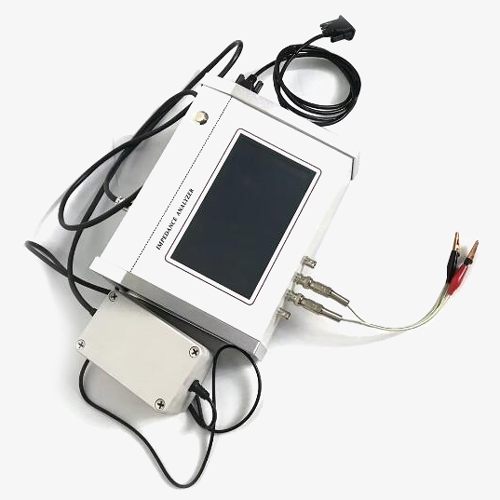
Portable Impedance Analyzer, 100Hz to 5MHz for Electronics
- Maximum testing frequency range: 100Hz to 5MHz.
- Portable and handheld, with dimensions of only 24cm14cm(5cm front, 10cm back) and a weight of just 1.95 kg, making it convenient for measurements.
- Capable of analyzing all electronic components such as resistors, capacitors, and inductors.
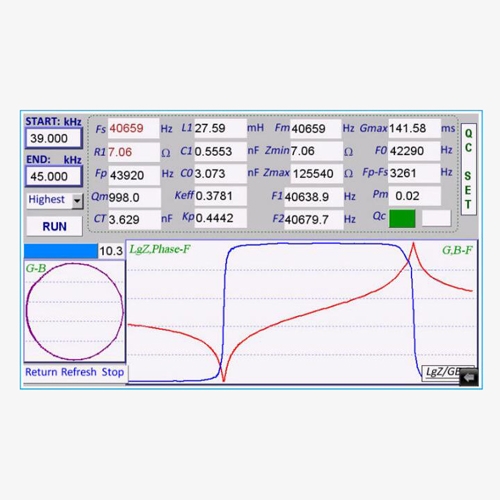
200 points/sec, 7-inch touchscreen, full touch operation
- Ultra-fast testing speed, measuring 200 points per second.
- Extra-large 7-inch touchscreen, displaying all parameters, admittance circle diagram, and logarithmic graph simultaneously for a more intuitive view.
- Full-screen touch operation, eliminating the need for physical buttons, offering user-friendly and highly simple operation.
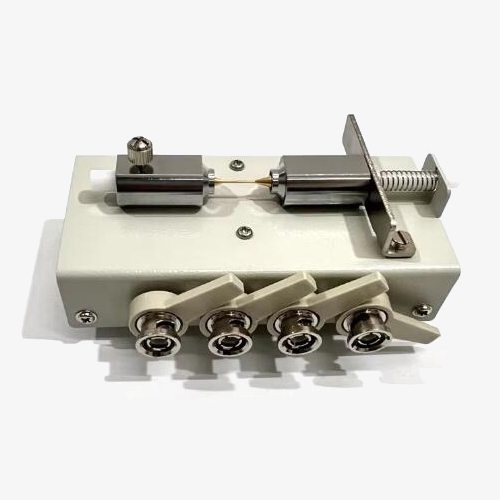
Provides 4-terminal testing with optional piezo fixture and multiple ports
- Standard four-terminal testing.
- Optional piezoelectric ceramic fixture available for testing various piezoelectric ceramic chips.
- Multiple port compatibility: supports various ports, fully compatible with PV70A/80A/90A, can also be connected to a computer for data printing.
Applications
SISCO ultrasonic USB impedance analyzers are mainly used to measure the impedance characteristics of various ultrasonic and hydroacoustic devices, including: piezoelectric ceramics, buzzers, transducers, ultrasonic cleaning machines, ultrasonic plastic welding machines, ultrasonic ranging, ultrasonic motors... and all other equipment that uses ultrasound.
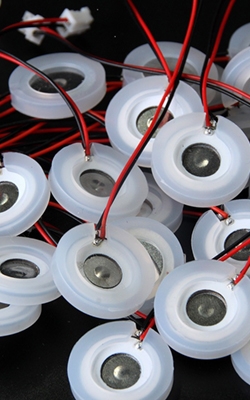
Buzzers
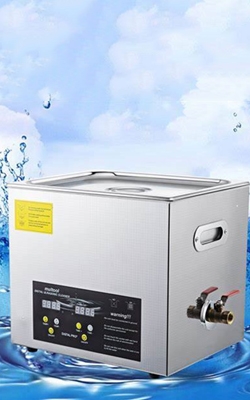
Ultrasonic Cleaning
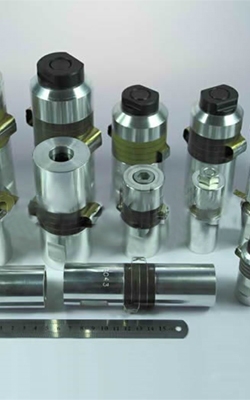
Ultrasonic Transducers
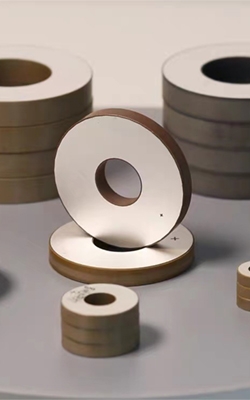
Piezoelectric Ceramics
| Model | SISCO-IA-PV520 |
| Frequency Range | 1KHz-300KHz, 1KHz-1MHz, 1KHz-3MHz, 1KHz-5MHz |
| Features | Portable, full-screen touch screen, 7.8-inch screen |
| Measuring Indicators | All parameters, graphics |
| Basic Accuracy | <0.1% |
| Measuring Speed | 5 seconds/item (1000 points scan) |
| Frequency Accuracy | ±10ppm |
| Phase Resolution | 0.15° |
| Ambient Temperature | 10~40°C |
| Impedance Range | 1Ω~1MΩ |
| Frequency Step | 0.1Hz~arbitrary |
| Power | AC100V~AC250V, 50~60Hz, 30W |
| Size | Length 24cm, width 19cm, front height 5cm, back height 10cm |
| Weight | 1.95kg |
Details
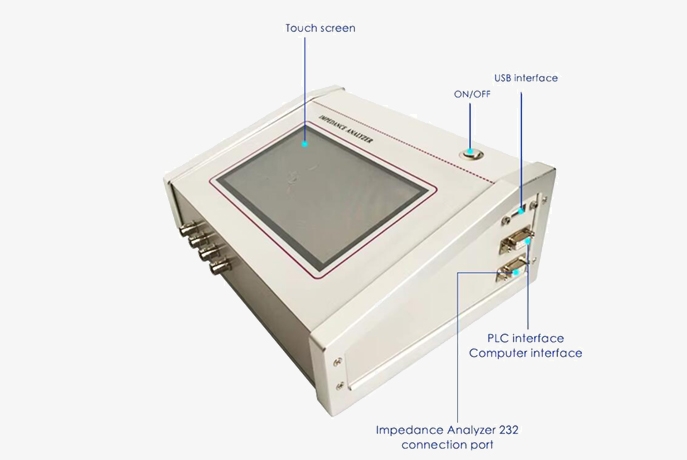
Packing List
- 1 x Impedance analyzer
- 3 x Connector
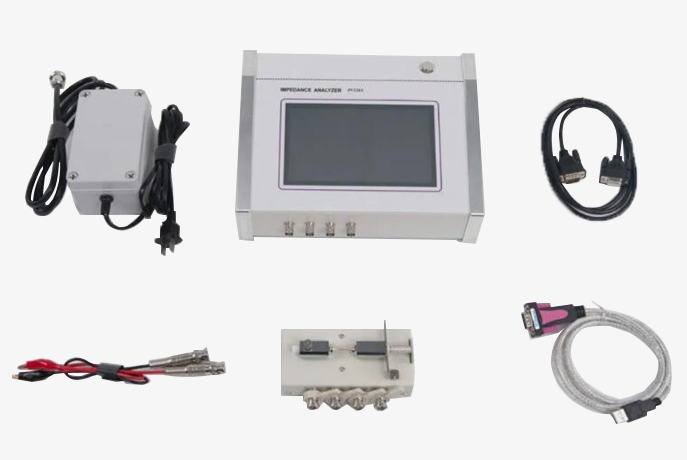
Q1: What is the difference between impedance analyzer and network analyzer?
A1: An impedance analyzer and a network analyzer both measure electrical characteristics, but their functions and applications differ significantly. An impedance analyzer focuses on measuring the impedance of individual components or materials, typically over a wide frequency range, and can analyze parameters like inductance, capacitance, and resistance. It is primarily used for detailed component testing, material characterization, and low-frequency circuit analysis.
In contrast, a network analyzer measures the scattering parameters (S-parameters) of electrical networks or circuits, which describe how radio frequency (RF) signals behave as they pass through the network. It is typically used for high-frequency applications, such as testing antennas, RF circuits, and microwave systems. A network analyzer provides insights into how signals reflect, transmit, or are absorbed by a device under test, making it more suited for system-level analysis in telecommunications and signal processing.
In summary, impedance analyzers are used for component-level testing at various frequencies, while network analyzers are essential for analyzing signal behavior in RF and microwave systems.
Q2: What factors can affect impedance measurements?
A2: Impedance measurements can be affected by several factors, including the frequency of the test signal, as impedance varies with frequency, especially in reactive components like inductors and capacitors. Poor test leads and connections can introduce parasitic effects, skewing results. Temperature changes can alter the electrical properties of materials, impacting resistance and reactance. The amplitude of the test signal is also critical, as some components exhibit non-linear behavior at different signal levels. Environmental factors like electromagnetic interference (EMI) and component aging or tolerances can further distort accurate readings, making it essential to control these variables during measurement.
Q3: What is the typical output format of an impedance analyzer?
A3: The typical output format of an impedance analyzer includes a combination of impedance magnitude and phase angle, often represented as a complex number or polar coordinates. The results can also be presented as real and imaginary components of impedance, or converted into related parameters like resistance (R), reactance (X), capacitance (C), and inductance (L). In addition, some impedance analyzers offer graphical outputs, such as Nyquist plots or Bode plots, showing impedance as a function of frequency. The output is usually provided digitally through a display, and many devices support exporting data in formats like CSV for further analysis.
Tips: How does a impedance analyzer work?
An impedance analyzer works by applying an AC signal to a component or circuit and then measuring its response to determine its impedance, which is the opposition to alternating current flow. The analyzer generates a test signal at a specific frequency and amplitude, then measures the voltage and current through the component under test. By calculating the ratio of voltage to current, it determines the impedance, which can be represented as both magnitude and phase. Advanced impedance analyzers can sweep across a range of frequencies to assess impedance characteristics over a spectrum, providing data on resistance, reactance, capacitance, and inductance. These measurements are often visualized in various plots, like Nyquist or Bode diagrams, and the data can be exported for further analysis.
Thank you for buying industrial test and measurement equipment on SISCO.com, all products sold by SISCO and the partner cover a 12 months warranty, effective from the date of receiving the products.
What is covered?
SISCO is responsible for providing free spare parts, and free technical support to assist the customer to repair the defective products until the problem is solved.
What is not covered?
- Product purchased from anyone other than a SISCO store or a SISCO authorized reseller.
- Expendable parts.
- Routine cleaning or normal cosmetic and mechanical wear.
- Damage from misuse, abuse or neglect.
- Damage from use of parts other than SISCO approved.
- Damage from use outside the product’s usage or storage parameters.
- Damage from use of parts not sold by SISCO.
- Damage from modification or incorporation into other products.
- Damage from repair or replacement of warranted parts by a service provider other than a SISCO authorized service provider.
- Damage caused by the application environment not meeting the product usage requirements and the failure to perform preventive maintenance.

